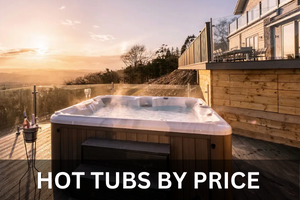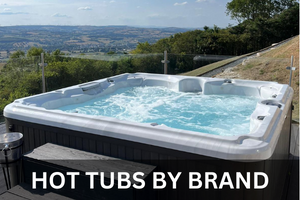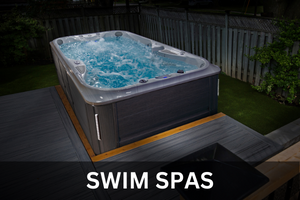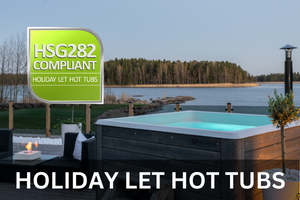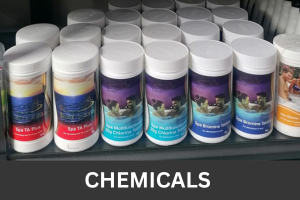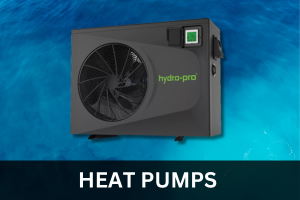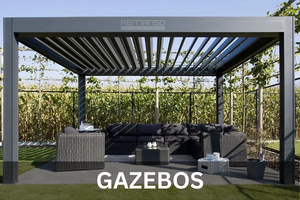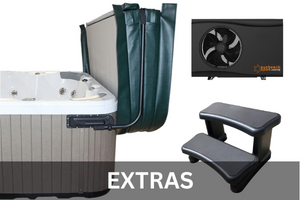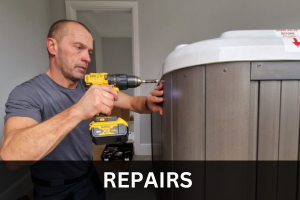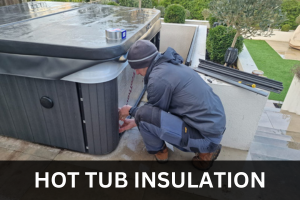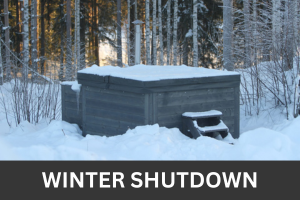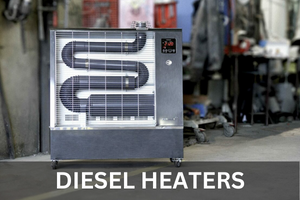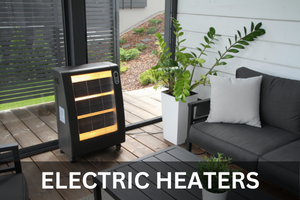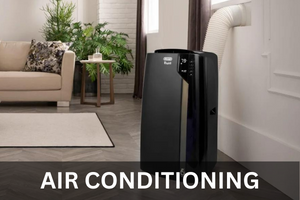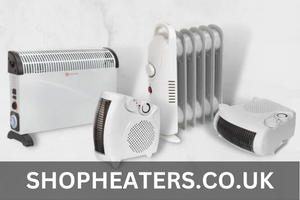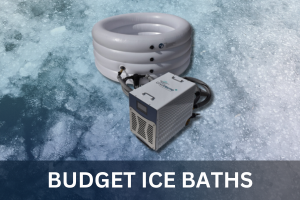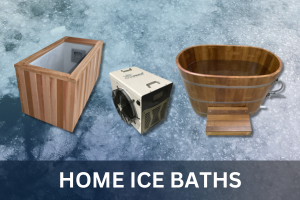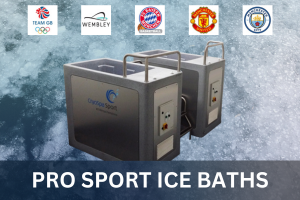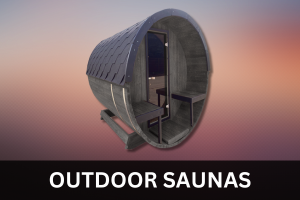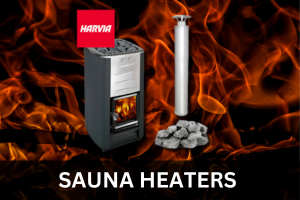Menu
-
- Home
-
Hot Tubs & Swim Spas
-
Chemicals & Filters
-
Services We Offer
- Ice Baths & Saunas
-
Useful Info
-
- 0151 662 0284
- Login

Hot Tubs & Swim Spas
Chemicals & Filters
Services We Offer
Infrared Heaters
Ice Baths & Saunas
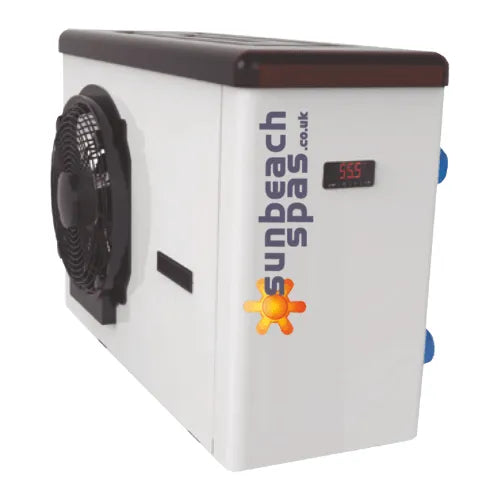
Sunbeach Spas Heat Source Pump 4.7KW
- Description
- Specification
Start saving money on your hot tub running costs today with a Sunbeach Heat Source Pump
Amazing 800 watts power in upto 4700 watts heat in the hot tub
(2) Working Air Temperature 7 oC Water Temperature 35 oC
(1) Working Air Temperature 15 oC Water Temperature 35 oC
Nominal thermal power (1), W 3.7Kw
Nominal input power (1), W 828 watts
COP (1) 4.75Kw summer time
Nominal thermal power (2), W 722Kw
Nominal input power (2), W 918 watts
COP (2) KW HEAT IN 3.73Kw
Minimum air temperature, ºC -5
Maximum water temperature HP, ºC 40
Refrigerant R410A
Power supply, V/ph/Hz 230 / 1 / 50-60
Air Flow, m/h 1600
WORKS WITH BOTH
*BALBOA PACKS*
*GECKO PACKS*
Full Touch Panel
Anti - Freeze protection
1000 - 1300 L spa water
*WINTER
(2) Working Air Temperature 7 oC Water Temperature 35 oC * COP2 3.73KW
*SUMMER
(1) Working Air Temperature 15 oC Water Temperature 35 oC *COP1 4.75
Fixing kit needed
Delivery is usually between 3-5 working days if you haven't received your item within this time frame please contact us and one of the team will be happy to look into this for you.
Frequently Asked Questions
-
The ideal pH level for a hot tub is between 7.2 and 7.8. A pH level that is too low (acidic) can irritate your skin and eyes, while a pH level that is too high (alkaline) can make the water cloudy and uncomfortable to swim in.
-
The ideal total alkalinity level for a hot tub is between 80 and 120 ppm. Total alkalinity helps to buffer the pH level of the water, so it doesn't fluctuate too much.
-
The ideal calcium hardness level for a hot tub depends on the type of finish on your hot tub. For acrylic hot tubs, the ideal calcium hardness level is between 100 and 250 ppm. For plaster hot tubs, the ideal calcium hardness level is between 250 and 450 ppm.
-
The most common chemicals used to maintain hot tub water chemistry are chlorine, bromine, and sanitizers. Chlorine is the most effective sanitizer, but it can be harsh on your skin and eyes. Bromine is a less harsh alternative to chlorine, but it can be more expensive. Sanitizers are a combination of chemicals that work together to keep your hot tub water clean and safe.
-
You should test the water chemistry in your hot tub at least three times a week. If you use your hot tub frequently, you may need to test the water more often.
-
You can adjust the pH level of your hot tub water with pH increaser or pH decreaser chemicals. Follow the instructions on the product label to add the correct amount of chemical to your water.
-
You can adjust the total alkalinity level of your hot tub water with total alkalinity increaser or total alkalinity decreaser chemicals. Follow the instructions on the product label to add the correct amount of chemical to your water.
-
Shocking your hot tub is a way to kill bacteria and other contaminants in the water. You can shock your hot tub with chlorine or bromine shock. Follow the instructions on the product label to add the correct amount of shock to your water.
-
Winterizing your hot tub is important to prevent damage to the equipment and the tub itself. To winterize your hot tub, you will need to drain the water, add a winterizing solution, and cover the tub.
-
Some common problems with hot tub water chemistry include:
- Cloudy water
- Foamy water
- Scale build-up
- Low pH
- High pH
- Low total alkalinity
- High total alkalinity
If you experience any of these problems, you should test the water chemistry and adjust it as needed.

